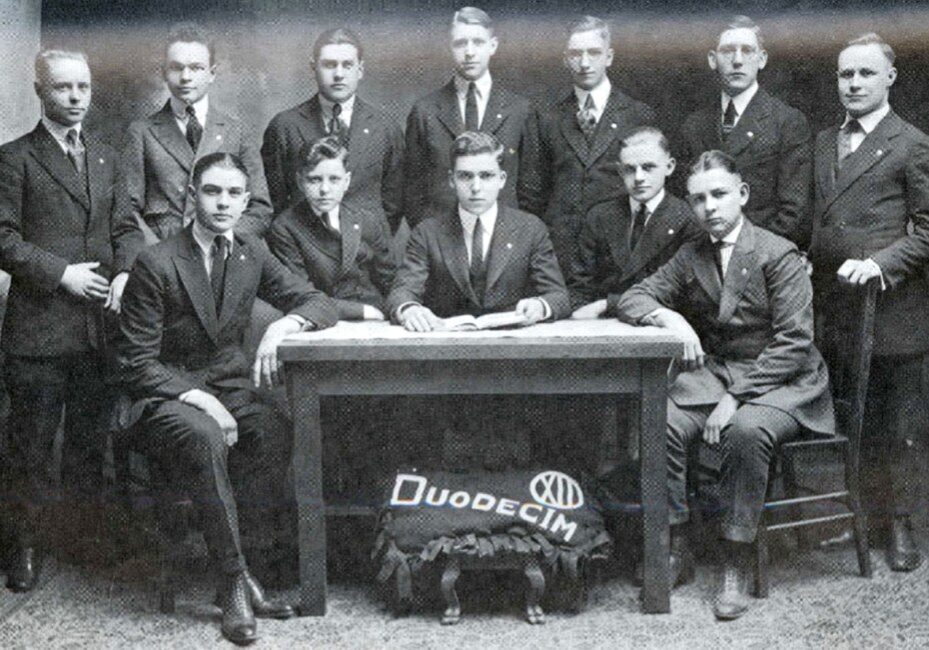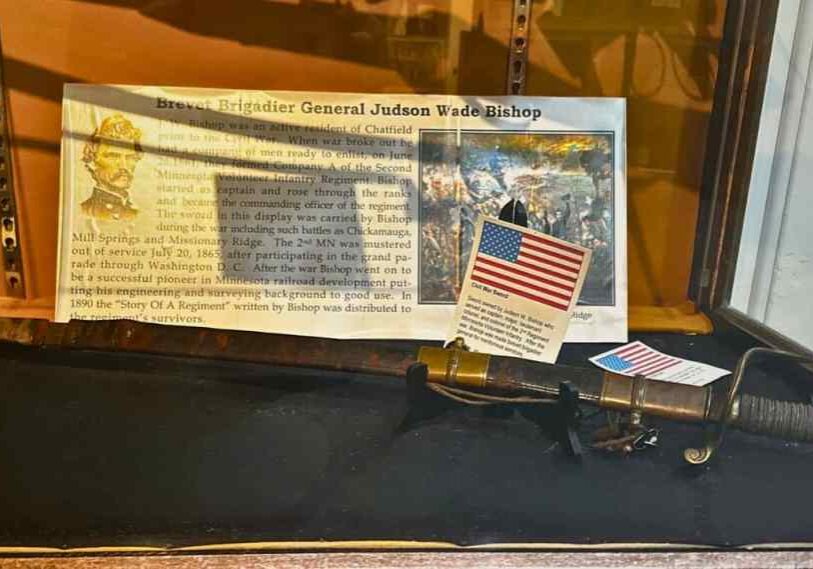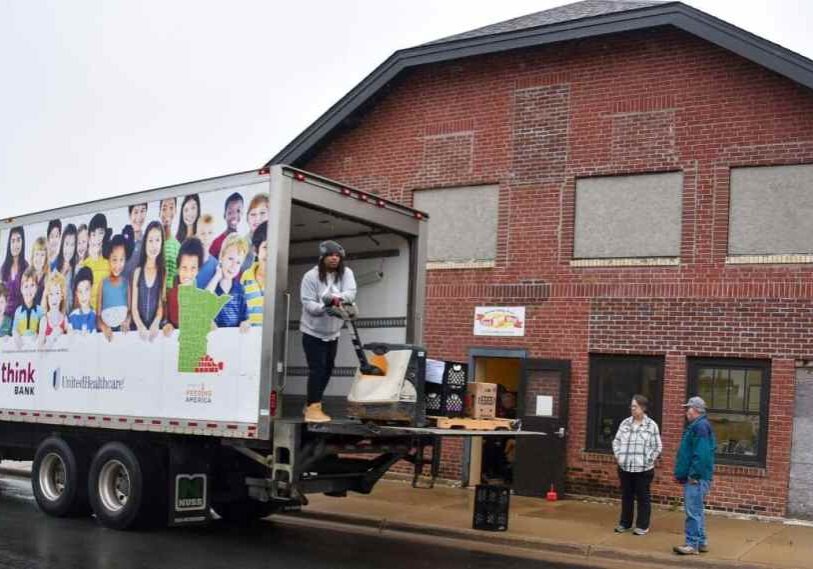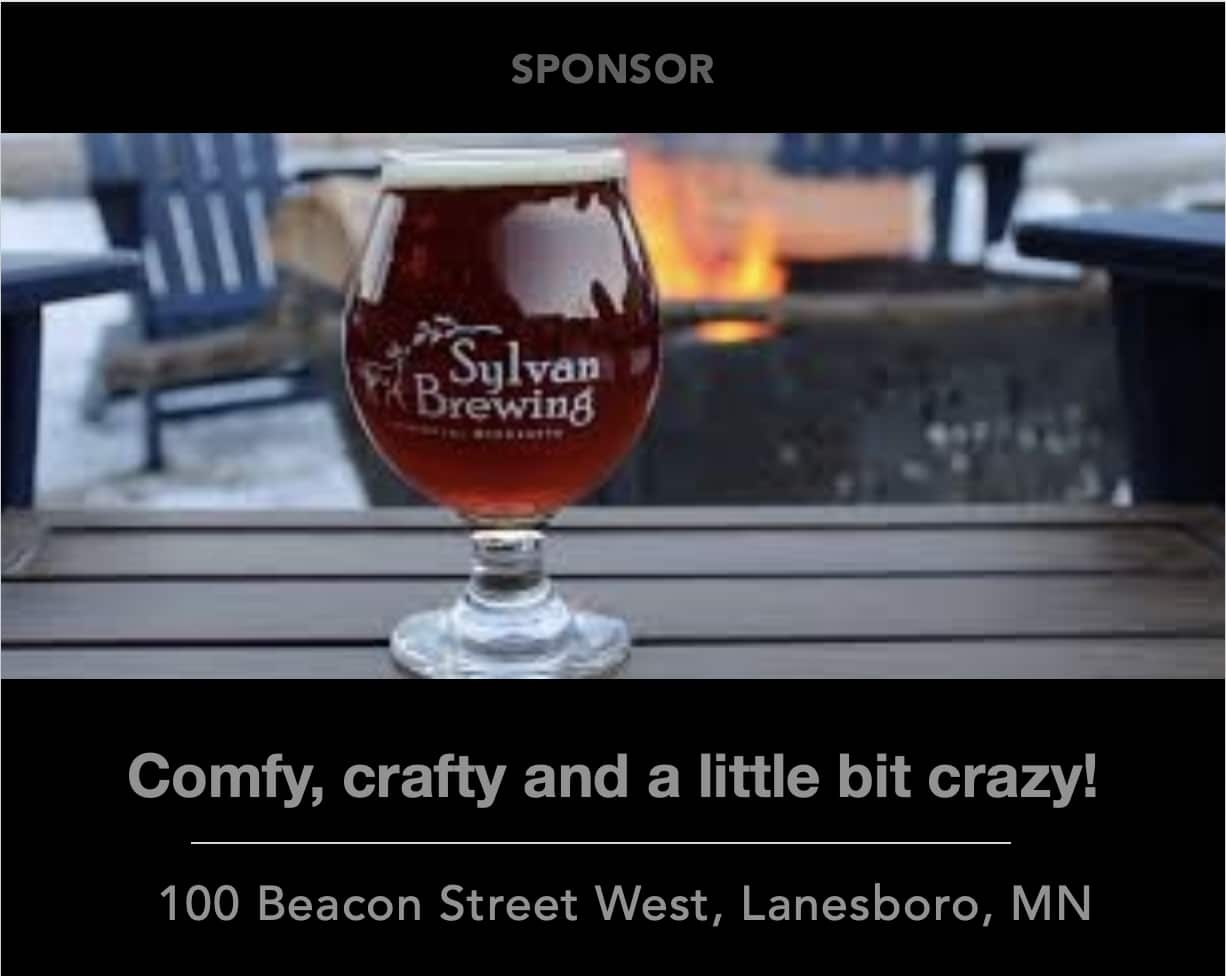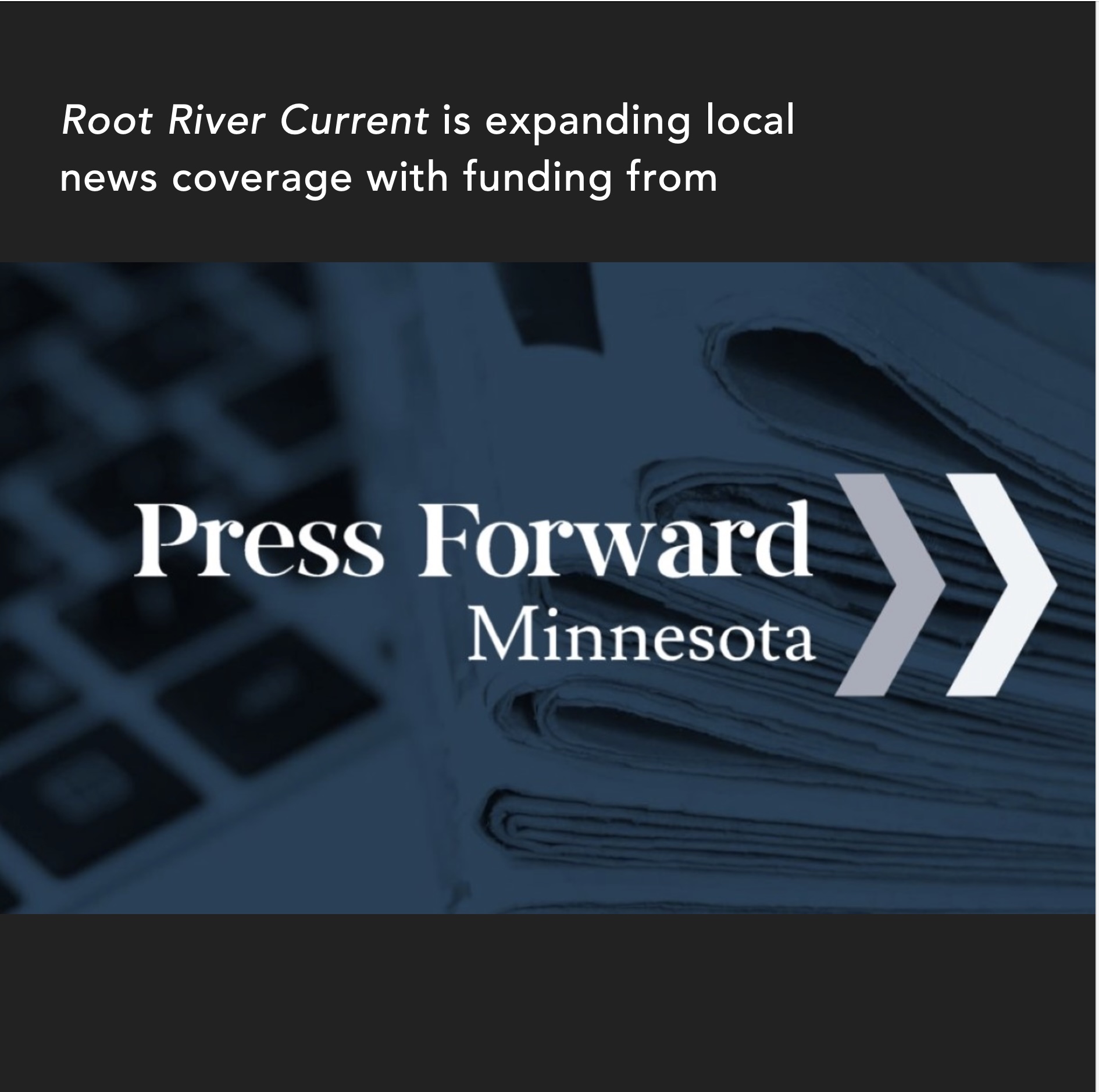Minnesota’s Hooded History
The Ku Klux Klan was active in Southeast Minnesota 100 years ago.

SOUTHEAST MINNESOTA — Nancy Vaillancourt is a retired librarian from Owatonna, Minn.; she’s had a life-long interest in Minnesota history.
Years ago, the director of the Owatonna Public Library tasked her with helping a patron find the answer to a question: Why was Owatonna a hotbed of Ku Klux Klan (KKK) activity in the 1920s? The director told her, “You won’t find anything because it’s a secret organization.” But she did. Quite a bit actually.
Vaillancourt was in Preston on March 13 sharing her research at the Public Library, one of many presentations she has made in the area recently.
We know the Knights of the Ku Klux Klan as a white supremacist group in the Deep South, using intimidation, violence and terror against their enemies – mainly Catholics, Jews and African Americans. But it was also present in Southeast Minnesota, including Fillmore County, in the early 1920s.
“People don’t want to believe it happened here,” Vaillancourt stated. “I want people to know the truth. It did happen here.”
The KKK was a secret Protestant-led Christian group founded by six former officers of the Confederate Army in the late 1860s. It started as a response to Reconstruction in the aftermath of the Civil War, when black people were given the franchise to vote.
During this time, former slaves were being elected to office, buying land and starting businesses. The organization’s goal was to undo Reconstruction and restore white supremacy in the south.

Nancy Vaillancourt explained to the audience that following World War I there was strong anti-immigrant feelings in the United States that led to the Ku Klux Klan gaining a following in the north. (Photo by Samantha Buley)
Outlawed by Congress in the 1870s, there was a resurgence of the Klan in the early 1900s. Vaillancourt explained that conditions were ripe when the KKK found its way north following World War I.
“There were strong feelings against Germans and immigrants in general at a time when more black people were moving north. At the same time, the economy was struggling with a post-war slump, and the country was becoming more urban and less rural,” Vaillancourt said.
The movie Birth of a Nation also reinforced sympathy for the Klan and its actions. The Chatfield News-Democrat reported on August 9, 1917 that ‘the movie, playing twice daily on August 17 and 18 at the Gem, showed a pictorial chronicle of Reconstruction…and the rise and triumph of the Ku Klux Klan.’ The film was also shown at the White House for President Woodrow Wilson.
Fair minded principles
The KKK’s message appealed broadly to whites, Protestants, WWI veterans, working class people and small businesses ready to defend the American way.
In January 1924 one reader wrote in to the Levang Weekly, a Lanesboro newspaper strongly opposed to the Klan, challenging the editor to be “fair minded enough to read the Klan principles.” The editor not only read them, he published them:

The tenets of the KKK as published by the editor of the “Levang Weekly” in 1924. (Graphic created by Root River Staff)
Klansman, I greet you
According to the Minnesota Historical Society, the first Klan activity in Minnesota appeared in the early 1920s. A Klan chapter was started in St. Paul, followed by Minneapolis and Duluth.
The first state Klan Konclave (convention) took place in Faribault with 69 cities and towns represented. Successive conventions were held in Owatonna (Chapter #5) from 1924 to 1926 – they were well attended. The Owatonna Klan reportedly had 800 members. In 1927, they purchased 20 acres of land and named it Klan Park.
A Klan initiation ceremony in Austin in 1923 drew 400 people from 68 towns; in July of that same year, an estimated 200 people turned out in Lanesboro to attend a rally at the canning factory.

A flyer promoting a public lecture in Preston on July 23 and 24, 1923 by the KKK. The flyer was found in Forestville. (Courtesy of Fillmore County Historical Center)
Recruiters, known as Imperial Kleagles, made presentations at churches (giving a donation of $25 to $50) and fraternal organizations, held open-air events, and met with businesses in an effort to build membership.
Some stores sympathetic to the Klan would post a sign in the shop window, with the letters KIGY, meaning Klansman I Greet You, letting Klansmen know which stores to patronize.
They also put similar flyers on automobile windows and published the newspaper, Call of the North. The Klan’s goal was to have chapters in all 87 counties in Minnesota and 100,000 members.
An advertisement in the Preston Times of September 21, 1923 stated: “If you want to know something of the aims and purposes of the Ku Klux Klan hear the talk in Preston next Thursday, September 27th.”
In addition to Levang Weekly, several area newspapers reported on Klan activity in Fillmore County. The Klan burned crosses near Catholic schools and churches and on prominent sites in various towns.
According to the Preston Times, on September 11, 1924, a cross was burned on a hillside near August Ristau’s home in Carimona.
On another occasion the Times reported that a bomb exploded followed by the burning of a cross on top of a surrounding hill during the Preston Fair.
A similar scene occurred in Rushford in August 1923.
Crosses were burned in Stockton and Sugar Loaf in Winona County.
In Money Creek, a Methodist Church funeral was attended by a Klansmen honor guard.

A funeral ceremony at the Money Creek Methodist Cemetery led by Reverend Mettum, with a Ku Klux Klan honor guard. (Photo courtesy of Nancy Vaillancourt)
Wearing of masks outlawed in Minnesota
A lone factory in Atlanta, Ga. manufactured the Klan hood and robes and sold them throughout the country. In 1923, a bill was passed in the Minnesota Legislature aimed at outlawing the wearing of masks. The Harmony News reported that under the proposed law, ‘no person will be permitted to appear on the streets or other public places wearing masks, robes or other regalia intended to conceal their identity.’
There was a decline in Klan activity in the late 1920’s following some high-profile national incidents. Opposition to the Klan came from a number of organizations, including the Anti-Defamation League, NAACP, National Vigilance Alliance and Southern Poverty Law Center, as well as the Knights of Columbus who worked to counter the Klan’s influence. Churches hosted speakers to voice opposition to the KKK’s propaganda.
The last Konclave in Minnesota was held in 1927. Seventy years later, in 1997, Minnesota Secretary of State Joan Growe dissolved the Ku Klux Klan organization in Minnesota. It is estimated that the Klan had chapters in more than 60 counties and its membership reached 75,000.
At the end of Vaillancourt’s presentation, she opened a box and unveiled a Klan hood. She said a family found the artifact in an aunt’s attic and gave it to her at one of her talks.
The hood brought the whole notion of the Klan in Southeast Minnesota front and center. And as Vaillancourt said at the beginning of her talk, “It did happen here.”
